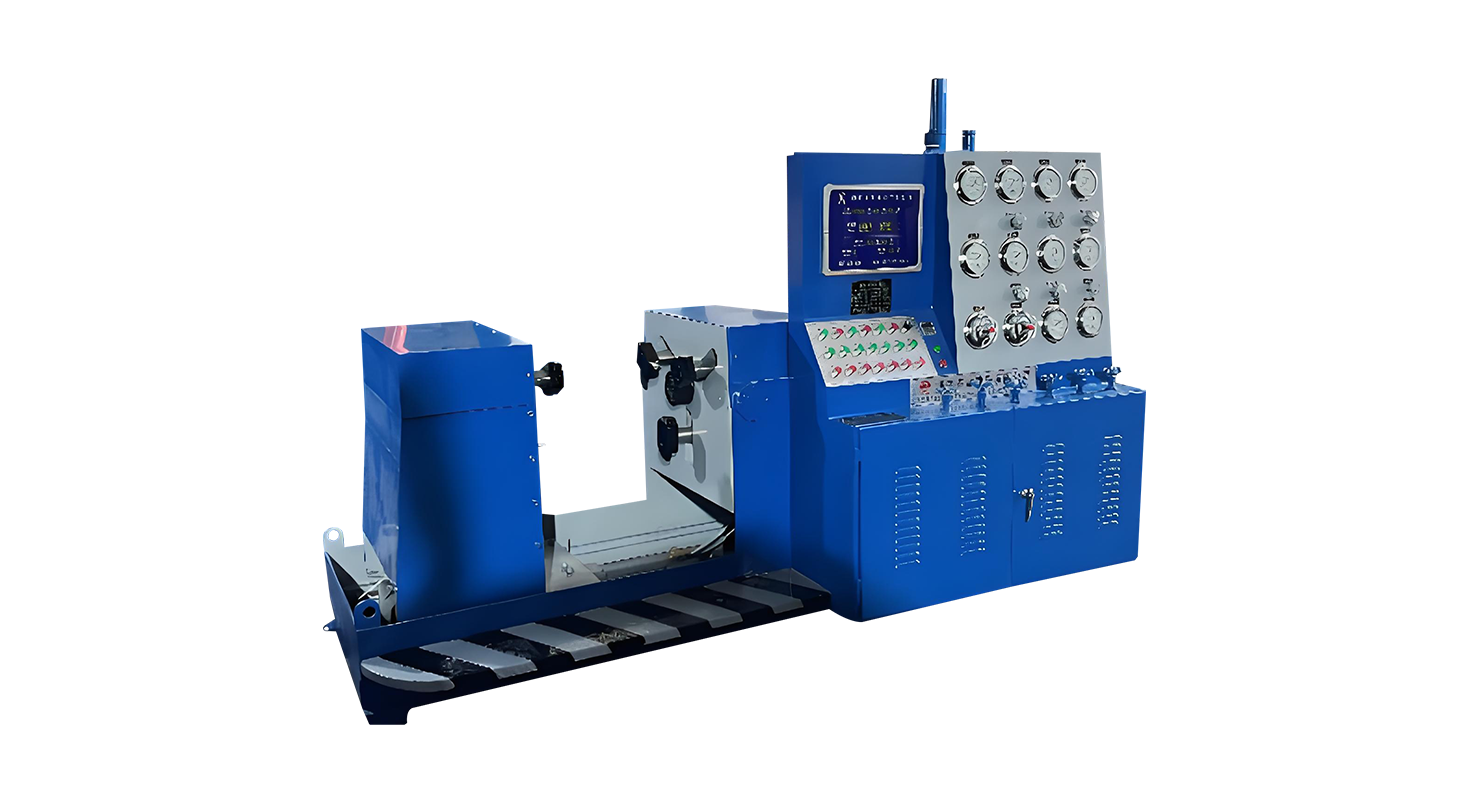Jun 25, 2025
In industrial applications, ensuring the safe and reliable performance of valves is essential for the stability and safety of fluid systems. Whether in the oil and gas sector, chemical processing, or water treatment plants, pressure testing plays a critical role in verifying valve integrity and detecting potential leakage points. When working with equipment such as a Valve Tightness Tester and Gas Valve Test Rig, it is important to understand the key pressure testing parameters that directly influence the safety and accuracy of the testing process.

Understanding Valve Pressure Testing
Valve pressure testing is a controlled procedure designed to validate the sealing capability and pressure resistance of various types of valves under simulated working conditions. The purpose is to identify defects such as internal leakage, seat damage, or body weaknesses before the valve is installed into a system.
Pressure testing can be conducted using water, air, or inert gases, depending on the valve type and application. Specialized equipment, including the Valve Tightness Tester, is used to measure the amount of permissible leakage or confirm complete sealing.
Key Testing Parameters to Monitor
1. Test Pressure
Test pressure is one of the more critical parameters. It is typically defined as a multiple of the valve's rated working pressure. For example, hydrostatic tests often apply 1.5 times the rated pressure to assess body strength, while seat leakage tests may use the valve’s rated pressure or slightly higher.
When using a Gas Valve Test Rig, the applied gas pressure should be carefully controlled to match the testing specification. Gas testing requires additional attention due to the compressibility and flammability of certain gases.
2. Test Medium
The selection of test medium is essential. Water is commonly used for hydrostatic tests due to its incompressibility and safety. Air and nitrogen are frequently used in tightness testing with a Valve Tightness Tester and Gas Valve Test Rig. The choice of medium affects the test sensitivity and safety precautions required.
3. Temperature
The temperature of the test medium must be maintained within an acceptable range to ensure accurate results. High or low temperatures can impact valve materials, especially seals and gaskets, potentially pilot to false test results. For gas testing, temperature stability is particularly important to prevent pressure fluctuations.
4. Holding Time
Holding time refers to the duration during which the test pressure is applied to the valve. The pressure must remain stable throughout this period to ensure the valve can withstand sustained operational pressures. Insufficient holding time may result in undetected leaks or incomplete assessments.
5. Leakage Measurement
The Valve Tightness Tester is specifically designed to detect and measure any leakage during the testing process. Leakage limits are usually defined by industry standards, and exceeding these limits indicates that the valve does not meet the required specifications. The sensitivity of leakage measurement is crucial, especially in gas valves, where even minor leaks can have significant consequences.
6. Pressure Drop
Monitoring pressure drop is important in both hydrostatic and pneumatic testing. A gradual decrease in pressure may suggest a leak or an incomplete seal. When using a Gas Valve Test Rig, pressure drop monitoring must be highly accurate due to the potential for rapid gas escape compared to liquid testing.
7. Test Cycle Repetition
Repetition of test cycles can provide additional assurance of valve reliability. Performing multiple pressure applications can reveal issues that may not surface during a single test. This is particularly relevant when testing valves that will be subjected to frequent opening and closing during operation.
8. Equipment Calibration
Regular calibration of testing equipment, including the Valve Tightness Tester and Gas Valve Test Rig, ensures that pressure readings and leakage measurements remain accurate over time. Without proper calibration, testing results may be unreliable, pilot to unsafe installations.
Safe operation of valves begins with accurate and thorough pressure testing. By carefully monitoring key parameters such as test pressure, test medium, temperature, holding time, leakage rates, pressure drop, and equipment calibration, operators can confidently verify the quality and functionality of valves before commissioning.
Using specialized equipment like the Valve Tightness Tester and Gas Valve Test Rig supports precise testing procedures and helps less operational risks. Understanding and controlling these parameters is essential to maintain safety, protect equipment, and ensure long-term system performance.